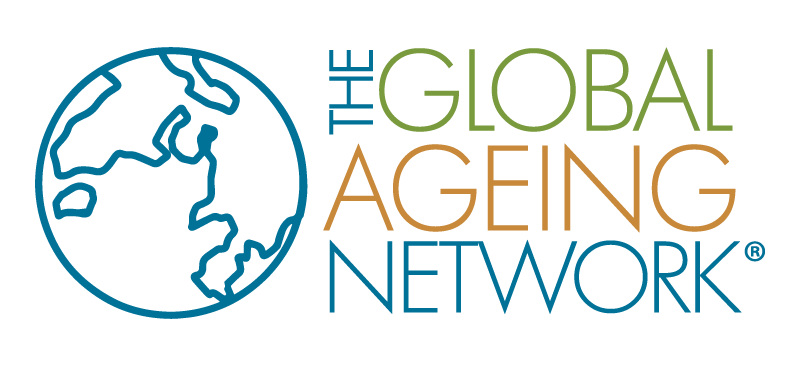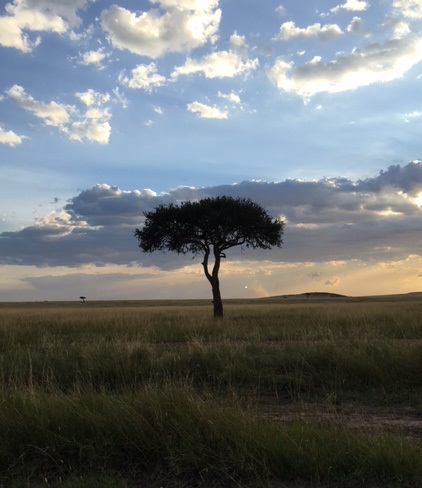I had the good fortune to visit Kenya recently. It is a beautiful country full of sharp contrasts – bustling, loud cities and vast, quiet grasslands; rugged mountains and miles of empty beaches; Land Rovers and donkeys; Masai tribesmen clothed in red blankets and modern outfits from the local department store.
It reminded me of how important it is to step out of our comfort zone and see the world through an entirely different lens.
I was struck by many things, but one thing in particular stayed with me: life expectancy in Kenya is just 61.
“Old” has an entirely different meaning than it does in the developed world. Kenyan life expectancy TODAY is what the U.S. life expectancy was in 1935 – more than 2 generations ago.
While in some parts of the developed world we are focused on reimagining the notion of “retirement,” most Kenyans and many from other countries will never have the opportunity to reimagine, much less experience, the years after they leave the formal or informal workforce. There will not likely be “years” to live.
It is a sobering and stark reminder of the relationship between place and income, and longevity.
While the concept of good fortune varies in the developed world — close to half (45%) of U.S. adults 65+ have incomes less than $23,500 for example — they do have time and resources on their side. The average life expectancy is closer to 78, allowing for more time to spend with family and pursue post-work dreams. There is also an infrastructure — albeit imperfect — in place to care for the most vulnerable older adults as they age.
And yet, as the Journal of the American Medical Association recently reported,”The gap in life expectancy [in the U.S] between the richest 1% and poorest 1% of individuals was almost 15 years for men and 10 years for women.
At IAHSA, we have an important role to play and are actively working to improve the aging experience for all.
-
We advocate for human rights protections for the elderly.
-
We lead discussions about quality and integrated models of services so older people, regardless of income, can live safely and securely.
-
We develop leadership skills to guide and imagine communities, services, and supports.
-
And, we bring applied researchers together with providers to answer burning questions and integrate evidence-based practices into our daily operations.
As I learn about the vast array of services and supports provided by so many IAHSA members around the world, creating opportunities to touch more lives in different ways, I know that we are all playing an important role in improving the aging experience.
Overlaying an understanding of how location and income contribute to that experience adds complexity and opportunity to our missions.
I urge you to find opportunities to step out of your comfort zones whenever possible.
Take advantage of your experiences and apply a new lens to the work you do every day. Learn from your peers in your country and in communities around the world. We have much to learn.
My trip to Kenya was my reminder that while we are lucky in the developed world to live longer and have access to services, we must continually strive for improved systems and more protections for all of our aging citizens here, and around the globe.
You need to login in order to like this post: click here

